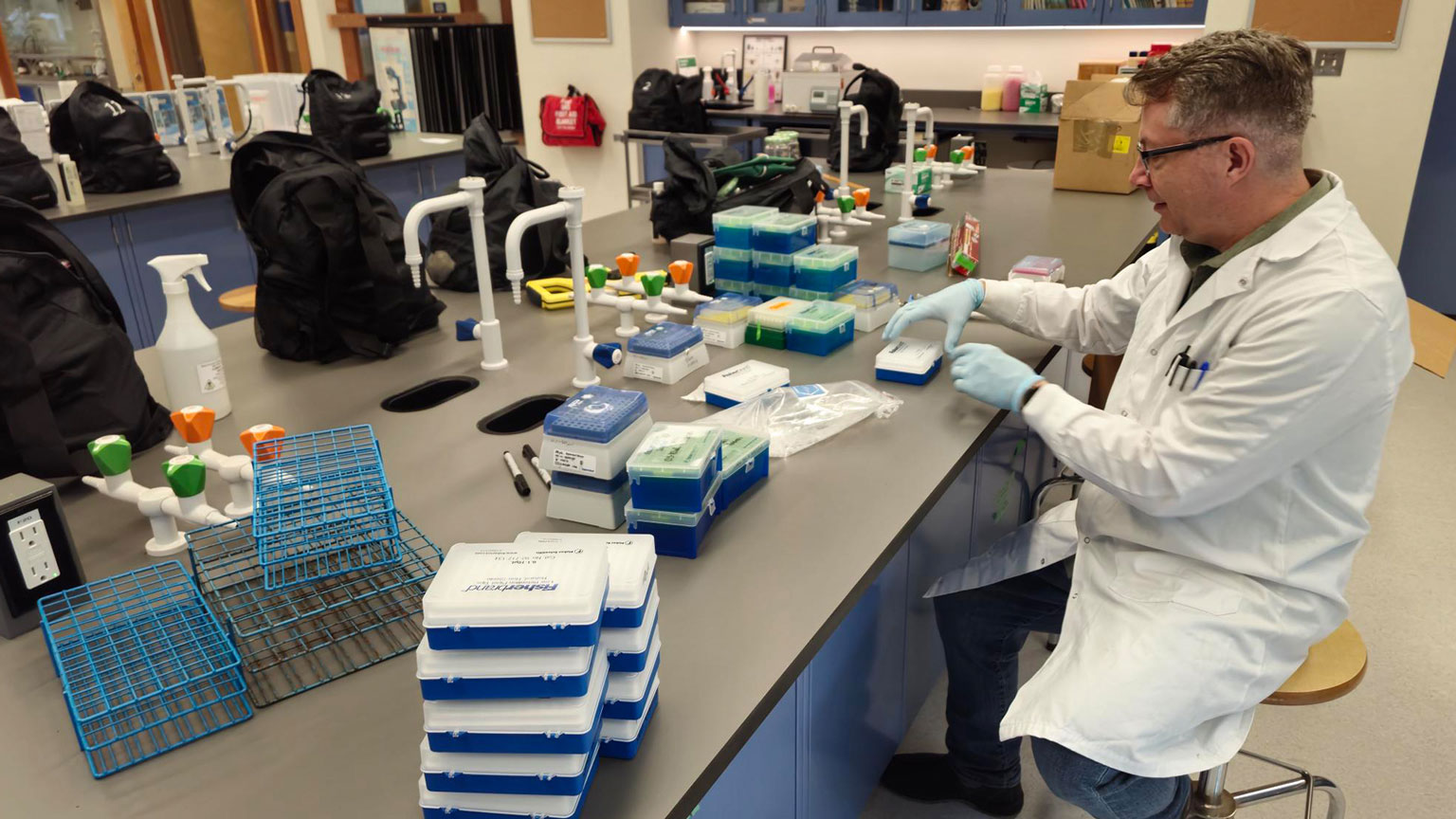A new program at North Island College will provide a foundation in health sciences but also allow students some flexibility in terms of what they can take.
The two-year Health Science diploma was approved in February, and the college is taking students for the program. It builds on the three-year Island Pre-Health Science advanced diploma, which began two years ago.
“It’s a complementary program that’s giving students a bit more flexibility,” said biology instructor Aisling Brady, who also co-ordinates the Island Pre-Health Science program.
Students in the new program will, in some cases, be able to take the same courses as those in Island Pre-Health Science, which is a hand-crafted program developed for students working toward specific careers related to health, such as medicine, and who require prescribed prerequisite courses before they can apply to these programs.
The province’s Labour Market Outlook for Vancouver Island shows high annual employment growth in hospitals and health care services over the next decade. The biggest demand will be for registered nurses and registered psychiatric nurses, with more than 6,200 openings in the Island region. There is also high demand for nurse aids, orderlies, patient service associates, licensed practical nurses, general practitioners, family doctors, dental hygienists and other health-related professions.
The new Health Science diploma will provide students with a foundation in areas like biology and chemistry. At the same time, it allows them room to explore other courses to complement their science training.
“This program allows them to do both,” said biology and public health instructor Sarai Racey. “It allows them to have a bit of a health focus but still be able to explore.”
The Health Science program can help with entry into a variety of programs like public health, bachelor’s degree in health science, speech pathology, midwifery, medical lab science, physician assistants, nursing, dental hygiene or veterinary medicine at other post-secondary institutions.
Like Island Pre-Health Science, the new program provides background on working in rural communities. Especially important are cultural components pertaining to First Nations communities and Indigenous perspectives. It is ideal for people already familiar with life in smaller communities or who have a desire to live and work in rural locations.
“When you foster people who have an interest in health and an interest in caring for people, who are from these regions, they have connections, they have ties, they can see themselves raising their families in these communities because it’s where they grew up,” Racey said. “They know what the community’s all about.”
The program is also aimed at students who might not have courses like biology or chemistry from high school. They can still do the upgrading while working toward their diploma. Timetables are designed to allow them to take these courses.
“It definitely does give them a strong base in science,” Brady said. “They’ve got a really good foundation to understand the science parts of health.”
Underlying NIC’s new health programs is a renovated lab at the Comox Valley campus. The project was funded in part by the province, as well as the college, and the space was designed by an architect with experience in building post-secondary education labs.
“What a difference it’s made from a teaching perspective,” Brady said. “It’s modern, it’s bright. You can move around and help students with so much ease.”
The space for the biology and chemistry labs has been opened up a lot. During a tour of the lab, senior lab technician Garnet Martens points out what has changed. Gone are the old H-shaped tables, which posed obstacles for seating or students to move around, especially those facing mobility challenges.
Eye-washing stations and emergency showers are now inside the lab space, making for a safer environment. The lab tabletops are at a more consistent height and designed for people in wheelchairs or scooters to be able to work better.
Instructors’ tables are also redesigned, taking into account space needs these days. They are now at floor level instead of raised, again something that presented access and safety issues.
The renovation work started in the summer and was finished by October. The site provides one of the most up-to-date post-secondary teaching labs in the province.
For instructors like Brady and Racey, the new space helps them deliver the best educational experience for students in programs like the new Health Sciences diploma.
“The investment in the lab allows me to focus on what truly matters—helping students learn and be inspired,” Racey said.
